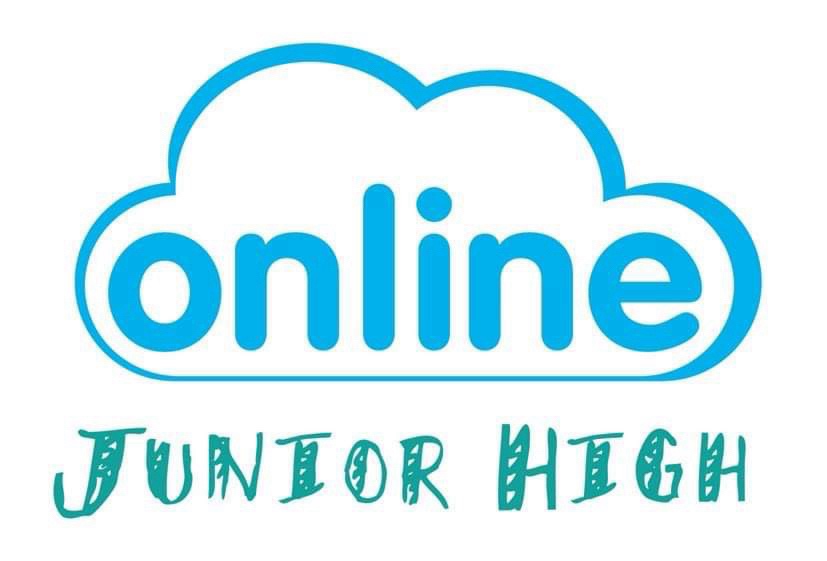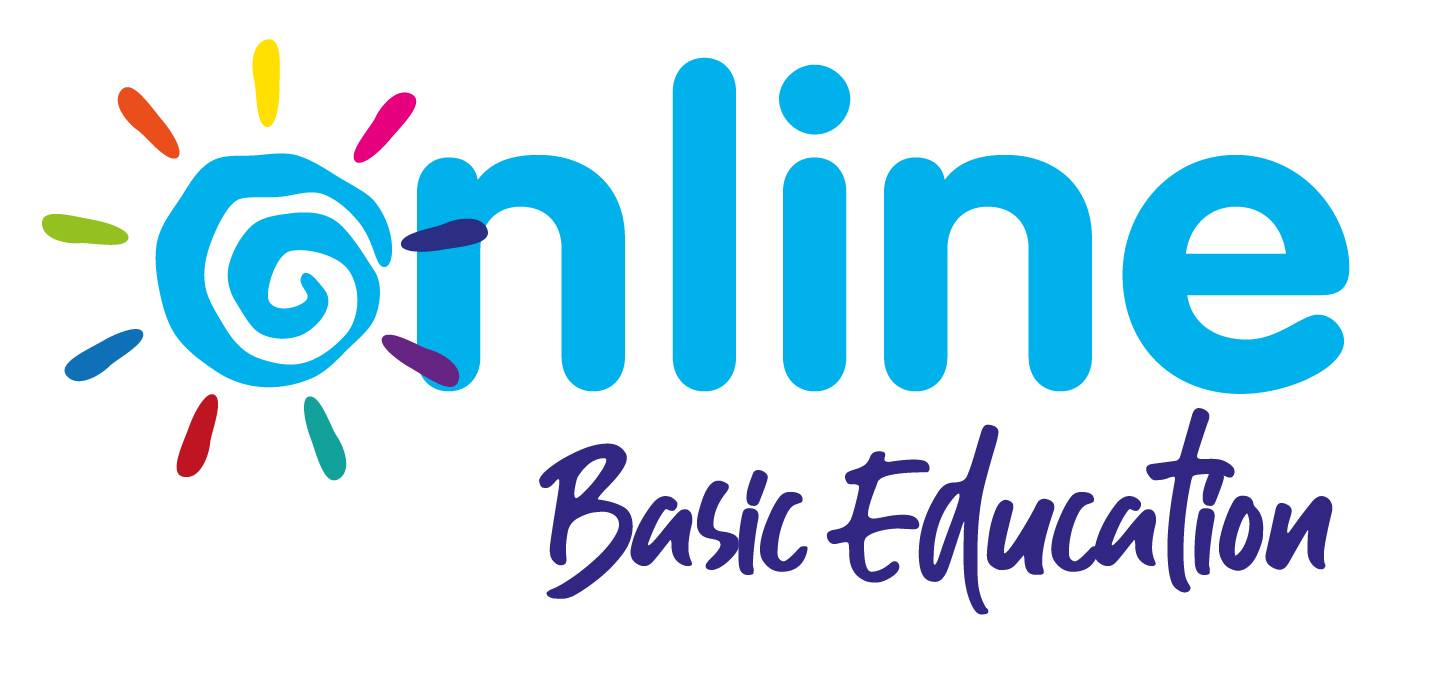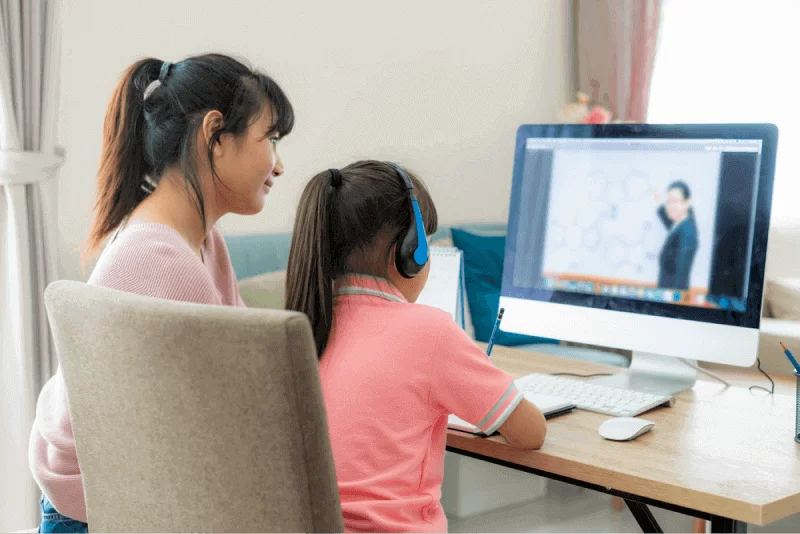The Philippines recently made a major change to its educational system. It recently shifted from a 10-year educational system to a K-12 program which begins from Kindergarten and has 12 years of basic education – six years of primary education, four years of Junior High School (JHS), and the additional two years of Senior High School (SHS) to provide enough time for the mastery of concept and skills, and to help develop lifelong learners.
Why The Change
This significant change in the structure of our educational system was deemed necessary because of the poor quality of basic education that was then reflected in the low achievement scores of Filipinos students in National Achievement Tests and international tests. This was found to be because the 10-year curriculum was congested and designed to be taught in 12 years.
On top of this, the Philippines was the only country in the ASEAN and one of only three countries in the world who was still using the dated 10-year educational system. Every other country in the world had adapted the more comprehensive 12-year structure. To make our graduates more competitive in the international workforce and to meet the standards set by many universities worldwide, the Department of Education made the decision to adopt the K-12 structure.
Junior High School
In this past, high school was called First to Fourth Year but beginning in the 2016 – 2017 academic year, this was changed to introduce the new system. From First to Fourth Year, it was renamed to Grades 7 to 10 and is now a part of Junior High School, forming students’ secondary education. In the past, where students were just taught basic education, the reformed system introduced a more streamlined curriculum to help students find jobs as soon as they left Junior High School or to further hone their skills as they enter Senior High School.
Upon graduating Junior High School, students are a Certificate of Graduation and will progress to either Senior High School for higher education, Technical and Vocational Education and Training, or even straight to employment.
Online junior high school will now then provide students with a higher level of learning, helping them hone the skills and arming them with the knowledge they need for the tracks and strands they will choose once they step into senior high school. This change encourages students to take a more active role in the learning process, giving them the freedom and flexibility to choose what they will learn and how they will learn, making learning a more enjoyable experience for them.
The Newly Added Senior High School
With the enactment of the K-12 program, the Department of Education introduced two more years into the students’ basic education system. The curriculum was also enhanced to give rise to tracks and strands. These are to further prepare students to get into their university of choice or to better equip them with skills that will allow them to be job-ready as soon as they leave senior high school.
There are four new tracks that were introduced: Academic Tracks (which prepares you for college), Technical-Vocational-Livelihood (TVL) Track (which equips you with job-ready skills), Sports Track (which focuses on sports and recreation), and the Arts and Design Track (which prepares students for the design, performative, and creative industry). Under these tracks, there are several other specialized strands for more precise areas of study. With these reforms, the Philippine government aims to make graduates more employable and competitive both in the local and international markets. By extending the time students spend in school, they hope to invest in their education, help them gain new skills, and build a better network for a better tomorrow.







